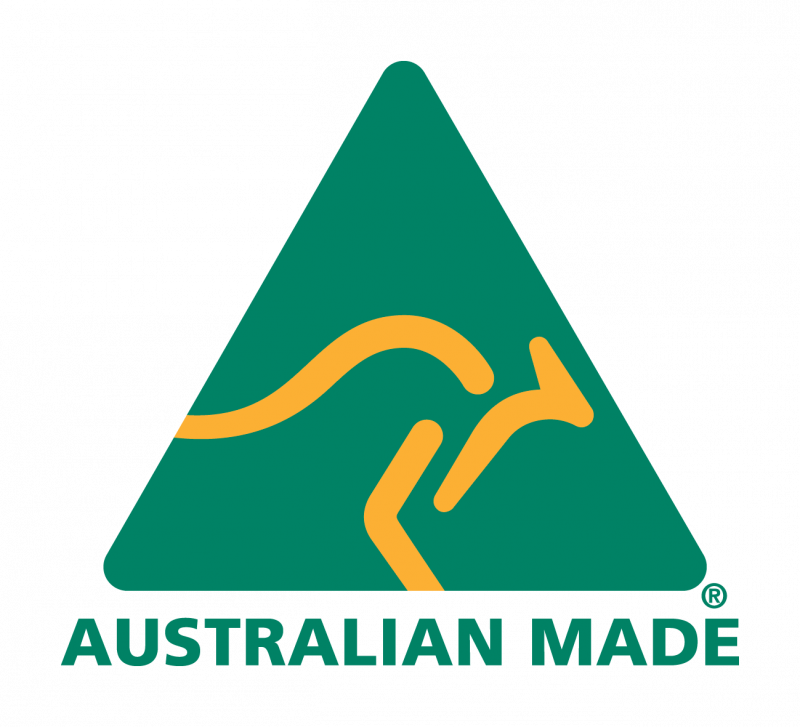Australian Made: What’s it to ya?
During Australian Made Week, DPR&Co co-founder and managing director, Domenic Brasacchio says there’s nothing more exciting than working on a brand that can call on its ties to our great country – but it’s important to do this authentically and in a way that delivers value.
This week is Australia Made Week (15-21st May) and brands and products across Australia are proudly polishing their green and gold emblems. And so, they should. Local business is good for our economy, local businesses provide jobs and know how to cater for our unique lifestyle and culture.
Without discrediting the excellent work of the Australian Made mob in championing Australian industry, the idea of slapping on a label on a product can feel like a bit of a green and gold smoke screen. A bit reductive to what it means to be an Aussie brand in this era.



“Management Speak” refers to a style of communication commonly used in the corporate and business world, characterized by the excessive use of jargon, buzzwords, and convoluted language. It is often employed by managers, executives, and consultants to sound knowledgeable, professional, and authoritative, but it can also create confusion and obfuscate meaning.
Here are some characteristics of management speak:
Jargon: Management speak relies heavily on industry-specific jargon and acronyms that may not be familiar to everyone. It can create a sense of exclusivity among those who understand the terminology and can make communication less accessible to others.
Buzzwords: Management speak is known for the use of trendy buzzwords and phrases that may sound impressive but lack substance. Examples include “synergy,” “paradigm shift,” “leverage,” “thinking outside the box,” and “low-hanging fruit.”
Ambiguity: Rather than providing clear and concise explanations, management speak often uses vague and ambiguous language. This can be intentional to avoid commitment or responsibility or to create an illusion of complexity and expertise.
Excessive verbosity: Management speak tends to be verbose, using unnecessarily long and convoluted sentences that can make the message difficult to comprehend. This verbosity can also be used to inflate the importance of a message or to give the appearance of deep analysis.
Corporate clichés: Certain phrases have become clichés in the business world and are frequently used in management speak. Examples include “move the needle,” “run it up the flagpole,” “drink the Kool-Aid,” and “putting out fires.”
While management speak can be seen as a way to demonstrate knowledge and authority, it often leads to miscommunication and a lack of clarity. It can hinder effective collaboration and understanding among team members and contribute to a disconnect between management and employees. Simplifying language and using clear, concise, and jargon-free communication can promote better understanding and foster a more inclusive work environment.
This poor guy should probably do some research into what Australian Made Campaign actually does before spruiking his opinion. The mansplaining kills me.